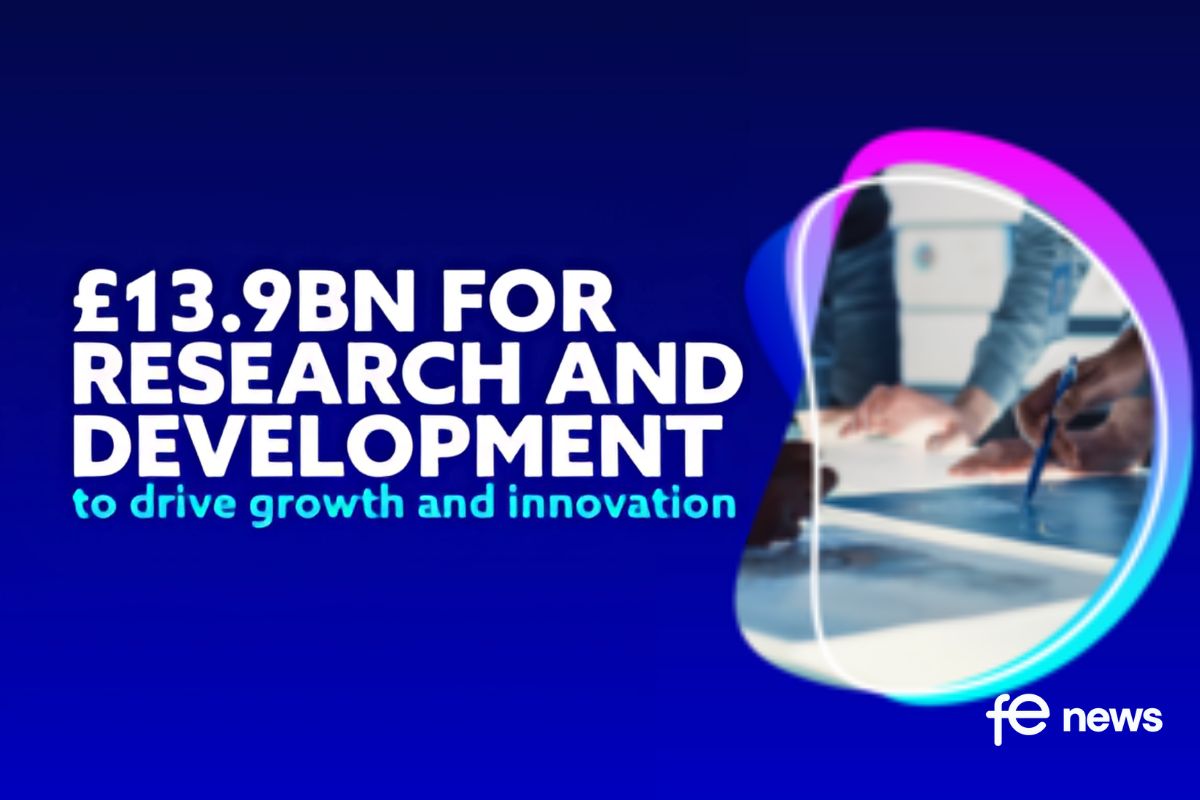Why your employee engagement strategy should be an inclusive and collaborative effort in 2021

For years, businesses of all sizes have pumped time and thought into their employee engagement strategies – and rightly so. Afterall, data proves just how costly it can be to run a ship with a disconnected and unengaged crew. According to Gallup, disengaged employees can result in 37% higher absenteeism, 18% lower productivity and 15% lower profitability within the workplace.
Despite these statistics providing a very clear narrative on why employee engagement is so integral to business success, the reality is that businesses often misjudge how to address it properly. More often than not companies address engagement from a top-down perspective. Doing so means that these strategies fail to address the real issues at hand and do not reflect the wants and needs of the most critical part of the business; the employees themselves.
In this article we will talk about the difference between a hierarchical and an employee led engagement strategy and explain how a firm can reap all the by-products when they really get their teams motivated and engaged in what they do. With companies tightening their purse strings as a result of the pandemic, hopefully we can demonstrate that employee engagement no longer needs to be pushed down the ‘to do’ list in 2021.
2020 and the fractured workforce
And if employee engagement wasn’t seen as important enough, in March 2020, the coronavirus pandemic gave many businesses even more of a reason to focus on it. As so many businesses closed their doors and moved to a remote (and somewhat fractured way of working), they witnessed employees feeling cut off from their peers and line managers. Not only this, but employees also needed to adapt to new ways of working and deal with differing motivations in their personal lives; leaving employees feeling anxious and uncertain. This sudden shift forced HR and leadership teams alike to question how to keep their employees engaged through such an unusual and challenging time, and specifically, how to do this at a time when the purse strings were very tight.
Businesses across the UK took to the internet in a bid to find answers to their questions. In fact, in December 2020, search volume for the term “employee wellbeing” reached its highest ever level; 300% higher than the same month in the previous year. Plus, in May, the question “How to engage employees” was searched more than it had been since 2008.
Whilst the internet does, of course, provide a wealth of information, what many businesses often fail to recognise is that the answer to creating a fruitful employee engagement strategy can often be found much closer to home and within their teams themselves.
Management led vs direct employee feedback
In order to determine the most effective employee engagement strategy, the one that will dramatically increase engagement in an organisation, the first step is to acknowledge that a problem exists in the first place. To do this, it is important to recognise the characteristics of an ineffective strategy.
Many firms often make the mistake of treating employee engagement as a human resource (HR) issue. Often, someone from HR convinces the CEO to commit some budget to an employee survey. Once the survey is complete, the data is then kept locked-away, senior leaders brainstorm ideas and then implement changes that they believe will engage employees. This is where we see those extrinsic initiatives such as free fruit, early finish Fridays, lunch and learns and perhaps a monthly Zoom quiz. Sound familiar?
There are two important issues which arise from this example. Firstly, a misunderstanding of what “employee engagement” is and the weight of influence it has on how successful a company is.
I should stress that employee engagement is not about the satisfaction often felt from receiving material benefits, rather it refers to the emotional commitment an employee has to their organisation, specifically its vision, its purpose and its goals. What we’re talking about here is the difference between extrinsic motivation and intrinsic motivation.
A top-down approach to the implementation of an employee engagement strategy means front-line leaders are acting as the regulators of employee engagement. A strategy that has been developed through the lens of one or a few senior individuals has the potential to result in something which is dangerously disconnected and unrepresentative of the employees themselves. Afterall, leaders should never assume they have all the answers.
Sense of belonging
Instead, I would contend that it’s important to consider the drastic evolution of the demands and desires of the employees themselves. The emphasis on what is important (and what motivates us) has shifted somewhat over this past year, and although financial security is still a key focus, there is a deeper sense of personal drivers and motivators when it comes to measuring employee engagement.
There is so much to be said about belonging and feeling part of the greater whole. Nurturing the emotional connections between employees and their workplace will motivate them to remain committed to the company in the long term and bring tangible benefits for everyone.
The key to creating this feeling of belonging is to focus on techniques that give all employees a real voice. For instance, where solutions to problems that the company faces are found by the team themselves collaboratively and are not dictated by those at the top. It all starts with collaborative problem solving and giving each team member greater autonomy to be part of the solution. It’s important to gain employee buy-in to corporate efforts to re-engage by empowering and enabling. Without doing this, you may face a sea of shrugged shoulders and find your engagement programme fails to make significant progress.
Facilitating structured opportunities and giving a voice to people at all levels in the workplace will help ensure employees feel like they are a driving force in a company, wholly connected to its vision and goals, rather than feeling like the company is pulling them along with instructions from the top.
And, in these difficult times where people are more displaced than ever, it is essential to focus on longer term rational strategies. Not only does it make good business sense, but it makes good employee sense as well. Ultimately, it’s this kind of tangible engagement that is win-win, because it continues to pay back year after year, therefore making it entirely free and extremely cost effective to implement.
Bolstering employee engagement and helping employees to feel connected during the pandemic has been and will continue to be one of businesses’ biggest challenges. But now is the time for businesses to intensify their commitment to health, wellbeing, diversity, employee experience and engagement, because those firms who focus on techniques that give their employees a real voice, enabling them to maintain connections and to continue to build relationships with one another, will reap the benefits longer term.
Julie Cameron, Managing Director, DRIVE Engagement











Responses